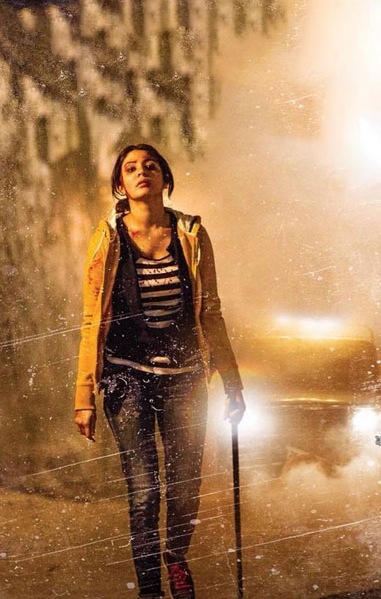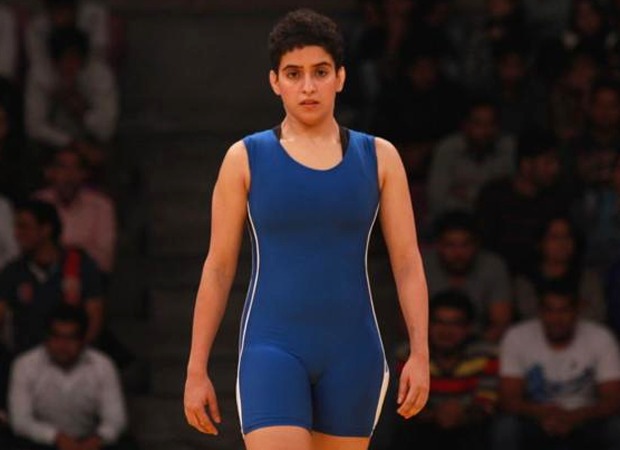Actors such as Deepika Padukone and Alia Bhatt are box-office powerhouses who take up so much screen space, it can be hard to remember who their male co-stars were. They’re now turning producers too. It’s a shift that can be traced back to 2011, and the story of Jessica Lal.
For perhaps the first time in the history of Hindi cinema, almost every A-list woman actor is married. It used to be that marriage ended a young actress’s career. Sharmila Tagore was considered a rebel for continuing her career after marriage, and then after her first child. Her daughter-in-law Kareena Kapoor Khan has two children and continues to act
Even the tags used to indicate success have changed. Where Vidya Balan was called the Fourth Khan, Alia Bhatt is described as one of her generation’s most bankable stars.
Actors such as Bhatt, Deepika Padukone, Kangana Ranaut and Balan are box-office powerhouses who take up so much screen space, it can be hard to remember who their male co-stars were. They have the power to green-light projects. They aren’t interchangeable; producers are willing to wait until they’re available

Anushka Sharma starred in and produced NH10 (2015), through her Clean Slate production house.
It’s a change that can be traced to 2011, when Vidya Balan and Rani Mukerji joined forces on screen to tell the story of the murder of model Jessica Lal in No One Killed Jessica. The same year, Kangana Ranaut stormed the screens as Tanu in Tanu Weds Manu, a quirky, woman-centric rom com. By the end of the year, Balan was back, this time as the 1980s starlet Silk Smitha, in The Dirty Picture.
Each of these films struck box-office gold. The Dirty Picture earned ₹130 crore at the box office and was one of the year’s top 10 money-spinners. Suddenly, producers were actively looking for stories fronted by women.
These successes prove “that if content is strong, well presented and marketed right, even if unconventional, the gender of the protagonist is not an issue”, said Vikram Malhotra, then COO of Viacom 18 Motion Pictures, in an interview with Hindustan Times in 2012.The next few years would see a string of similar hits: Kahaani (2012; Balan turns detective), Queen (2013; Ranaut goes on a delightful journey of self-discovery); Piku (2015; Padukone goes on a road trip with her on-screen dad).
It didn’t take long for these actors to make the next logical move and turn producers, gaining far greater control over the process, the proceeds and the stories themselves. Typically, Bollywood stars had only turned producers when their acting careers were waning. This was different. Anushka Sharma’s Clean Slate Filmz has produced NH10 (2015), Phillauri (2017) and Pari (2018). Priyanka Chopra-Jonas’s Purple Pebble Pictures produced the Marathi film Ventilator (2016), which won three National Awards, and The White Tiger (2021), which was nominated for an Oscar and a BAFTA. After Chhapaak (2020) and ’83 (2021), Padukone’s Ka Productions will co-producer an international project that’s described as a “sweeping cross-cultural romantic comedy”. The latest to join this list of actor-producers are Kareena Kapoor Khan, Katrina Kaif, Taapsee Pannu, and Alia Bhatt.

Sanya Malhotra as a woman wrestler in her debut film, the Aamir Khan-led Dangal (2016).
A new and as-vital front remains: the wage gap. Male actors still earn many times more per film than female stars. This generation of women is speaking up against this, an action earlier considered career suicide. Padukone, at an event in 2019, said, “I know my track record and what I’m worth. I don’t think I’ll be able to live with the thought knowing that I have been a part of a film, had the same creative contribution or bringing the same value to a film, but being underpaid.”
Meanwhile, they and their production houses are holding the door open for a new generation of women. The careers of relative newcomers such as Bhumi Pednekar and Sanya Malhotra are testament to this wave of positive change. These young actors are comfortable experimenting; inhabiting their fame on their own terms. Pednekar has already played a large woman (in Dum Laga Ke Haisha) and an old and wrinkled woman (in Saand Ki Aankh). Malhotra, who made her debut as a woman wrestler in Aamir Khan’s Dangal (2016), is taking on experimental titular roles such as the one in Pagglait, where she plays a young widow who “feels nothing” at the loss of her husband of five months.
(Karishma Upadhyay is a film journalist, critic and author of Parveen Babi: A Life)